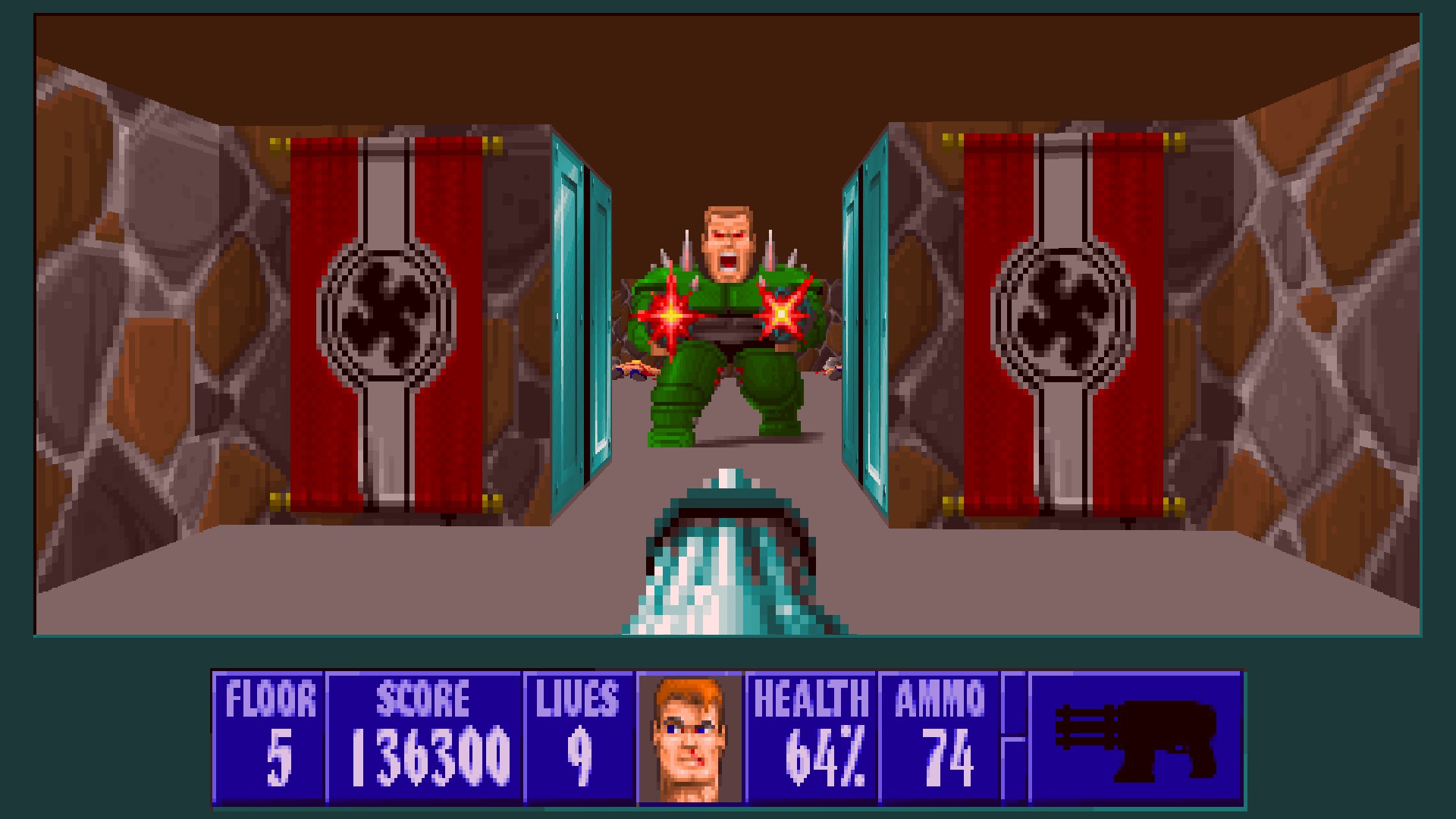
They could do what they wanted: make it a different story, not even on the same narrative path. With Doom 64, because the PlayStation port was a great job, we decided to let them really go all out with Doom 64. Fuck.’Ĭraddock: That set the stage for Doom 64, then? Because that was another instance of a game with "64" appended to the title, but instead of a port-like Quake 64 and Duke Nukem 64, for instance-it was a completely different game. Shit.’ He ran to us and said, lsquo Guys, what's the story with the port?’ We said, lsquo Oh.

Imagineer came back to Jay Wilbur and said, ‘Is the Wolfenstein 3D port done yet?’ Jay said, lsquo Oh. They did a really great job on the audio and level design. We just wanted to make sure it ran as fast as the Jaguar's chip could allow.įor PlayStation, we decided to give Midway creative license. Even the Jaguar version, which we did, we didn't do anything special with it. That's why they had the freedom to add colored lighting, add a whole new soundtrack-just do what they could do with Doom to make the PlayStation version more special than the other versions, which were straight ports from the PC. We decided that because we trusted Midway, we wanted them to do their own thing. We met so we could talk about Midway working on ports of Doom.

They had an office probably halfway to Houston, two hours down highway 45. Jay Wilbur and I drove down highway 45 on the way to Houston. But Midway was known as a quality company back then. Other companies that worked on Doom ports, we didn't know them that well.

John Romero: Midway had been around for decades. What was id's level of involvement with this port relative to the others, and why was it such a different type of port-still Doom, but more its own thing? John Romero at the 2018 Videogame Executive Forum. It's missing some geometry and levels, but it adds so much: new levels, new lighting, new audio. The versions on SNES, Jaguar, and 32X were missing bits and pieces here and there, but they were still Doom. Craddock: The interesting thing about Doom ports, for me, is that they were faithful to the original game. Romero set aside time to talk with me about multiple ports of Doom, as well as a wild three-week period spent converting Wolfenstein 3D to the Super Nintendo.ĭavid L. After Doom's release in December 1993, John Romero turned his attention to scouting for opportunities to collaborate on external projects related to id's games, namely strategy guides and ports.

The studio started small and remained small through development of Commander Keen, Wolfenstein 3D, and Doom. Working at id Software in the 1990s was like working inside a bunker, only with more pizza, soda, and video games.


 0 kommentar(er)
0 kommentar(er)
